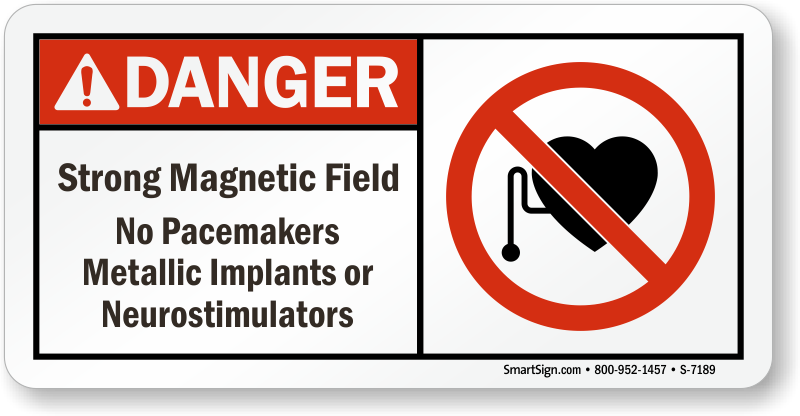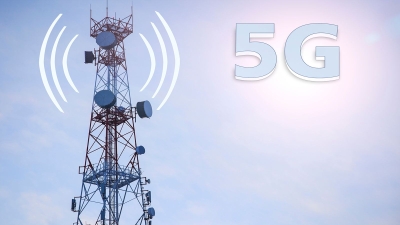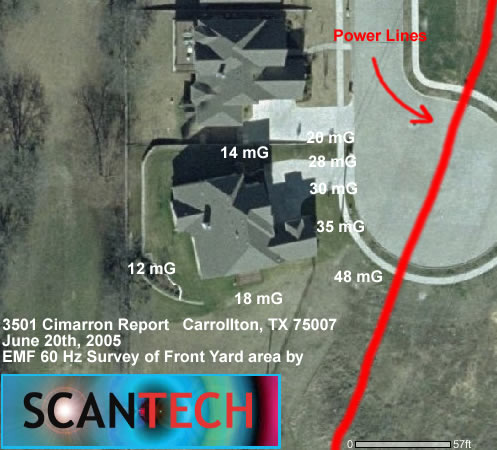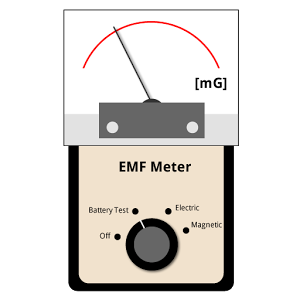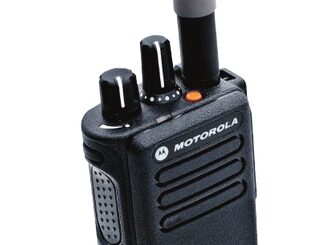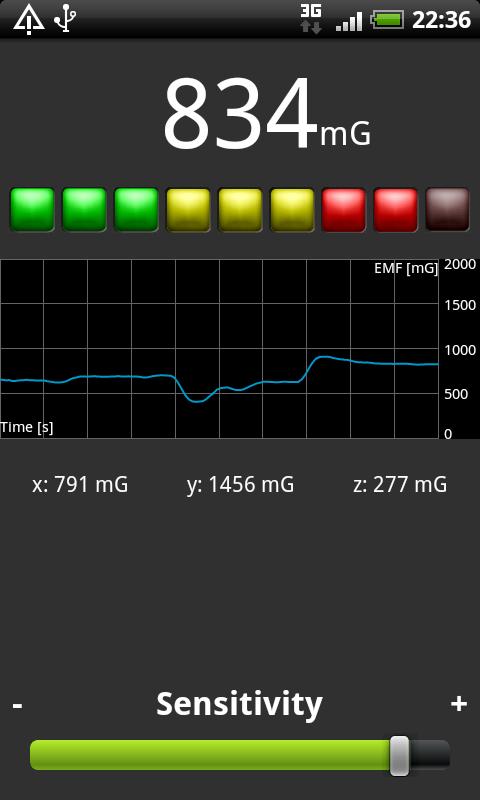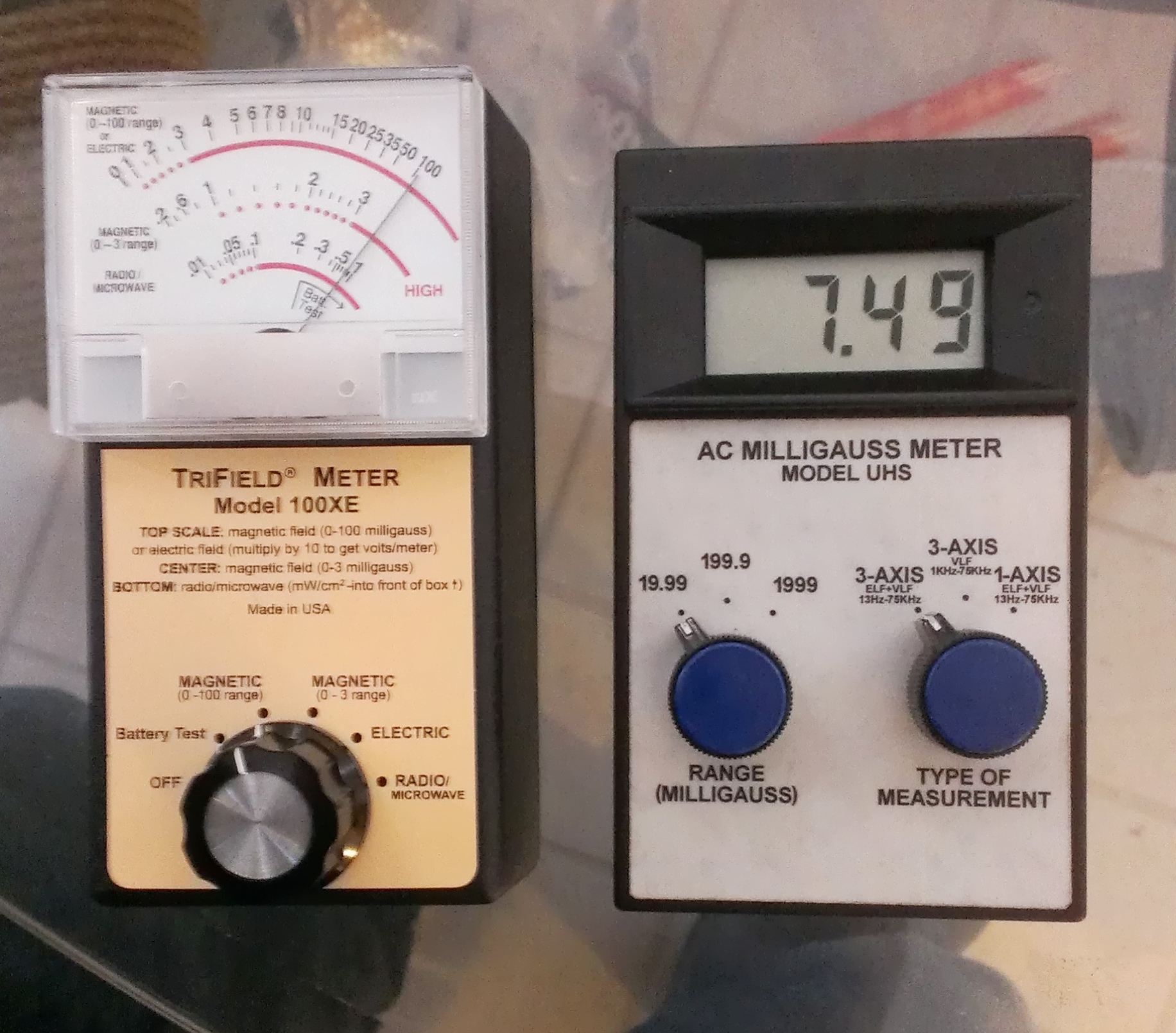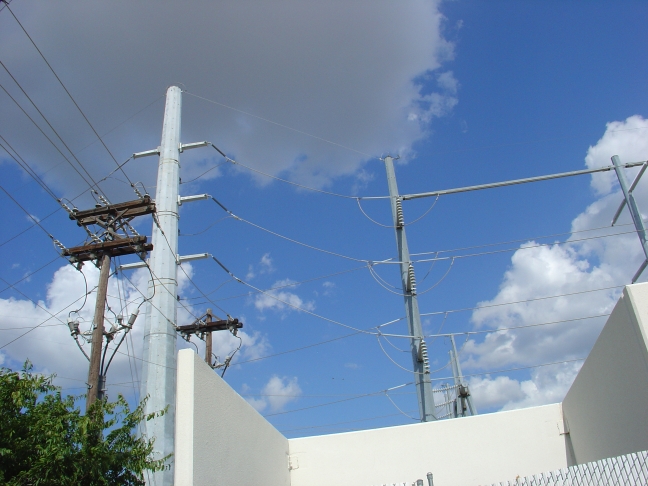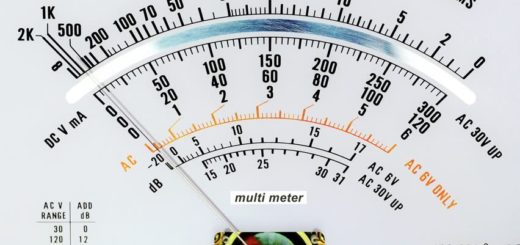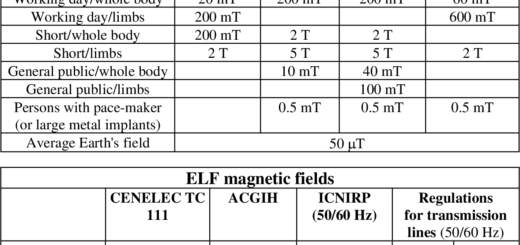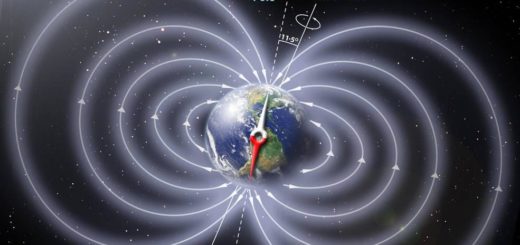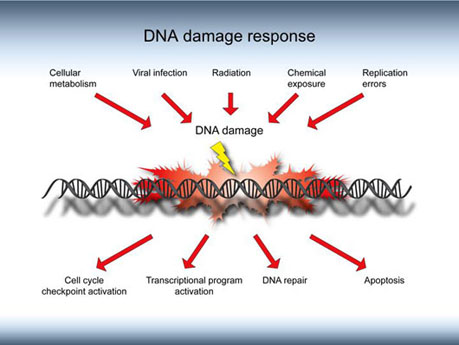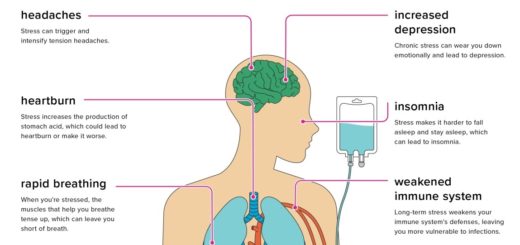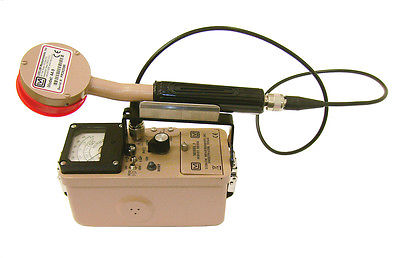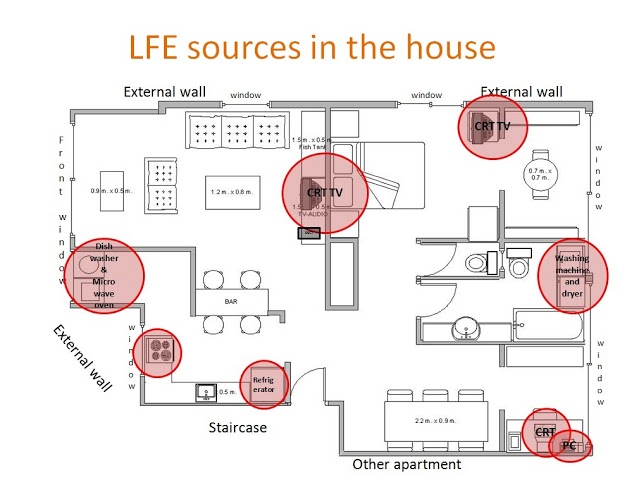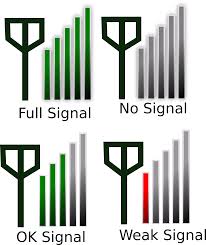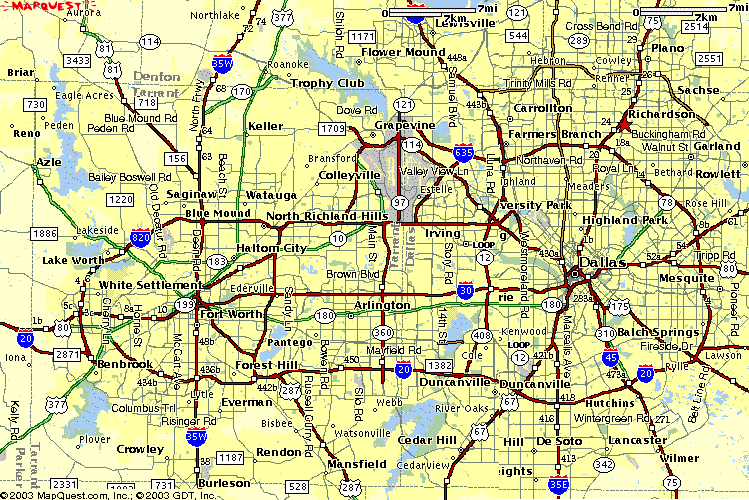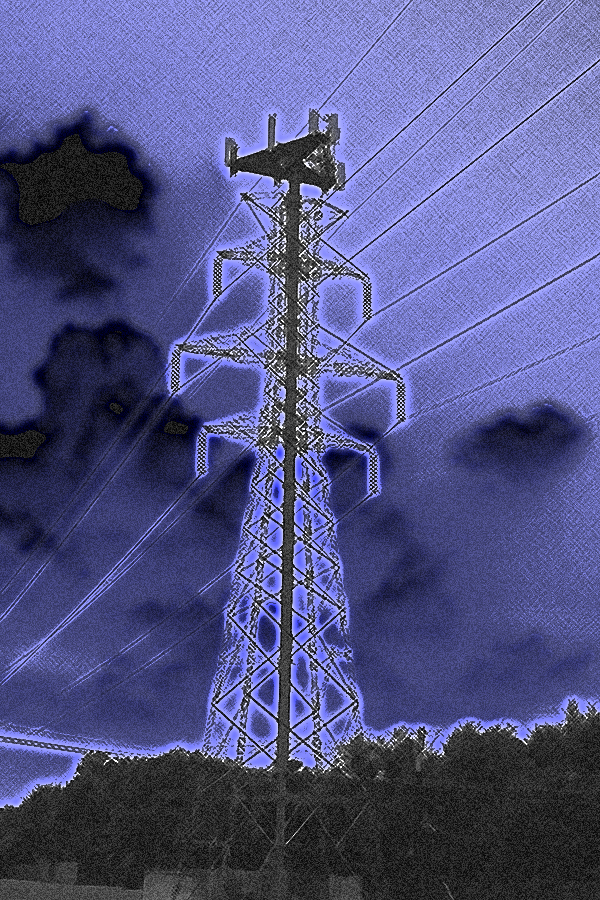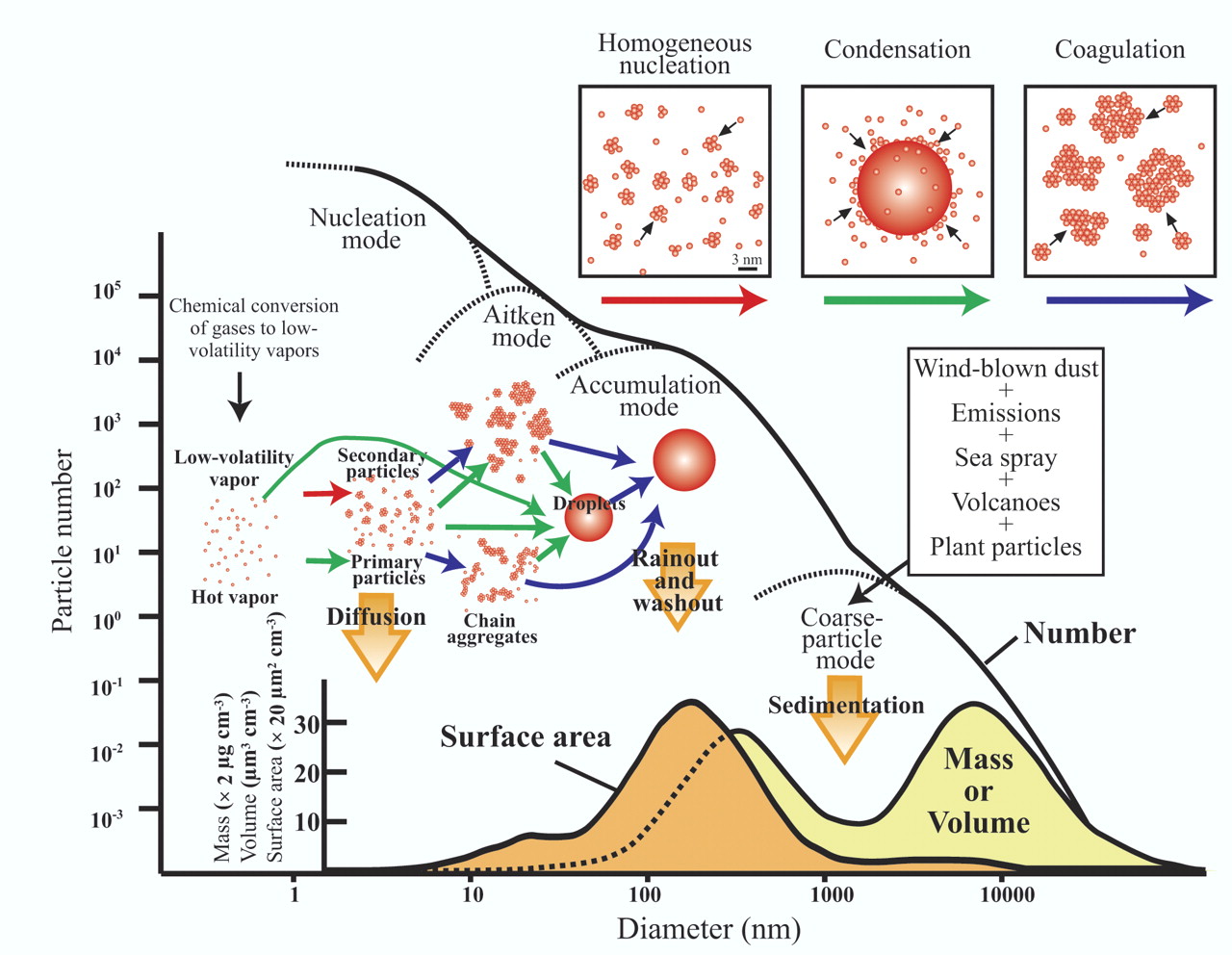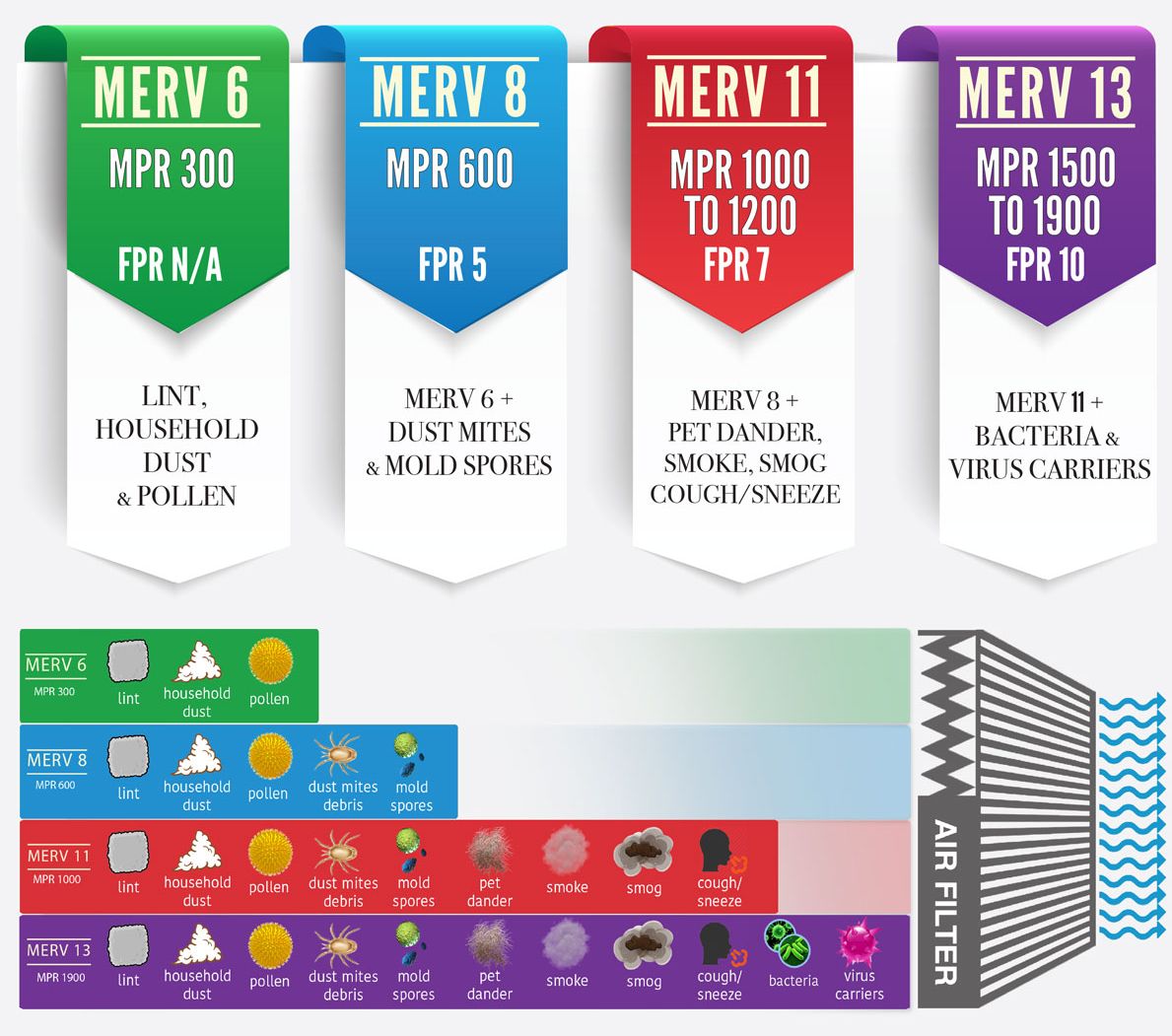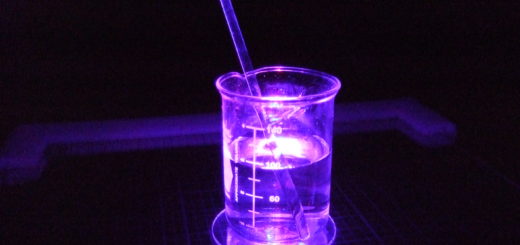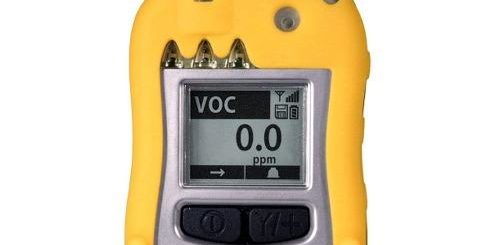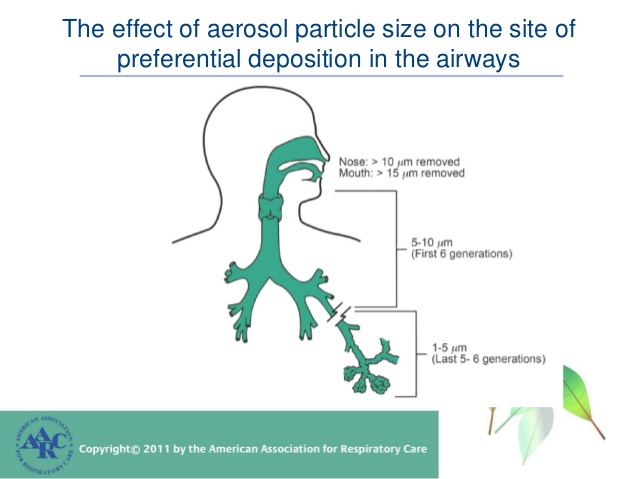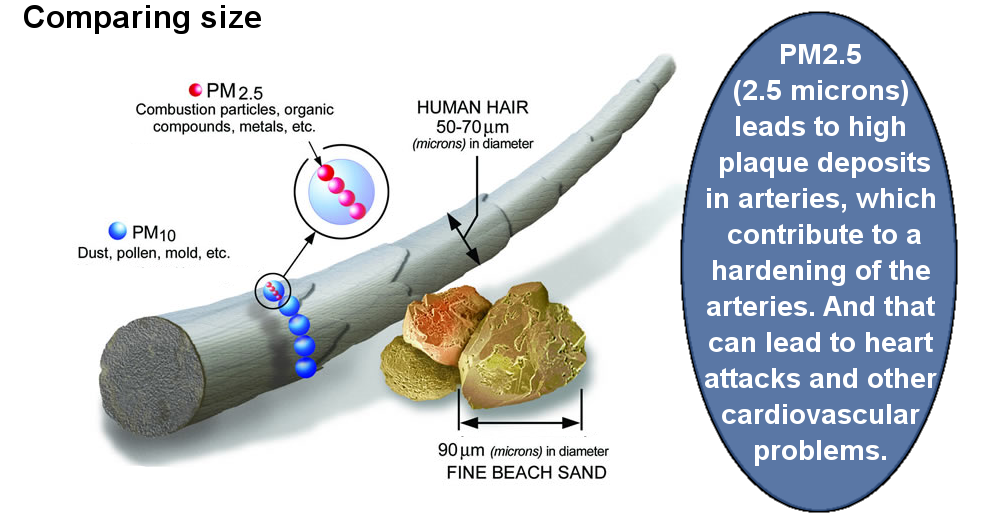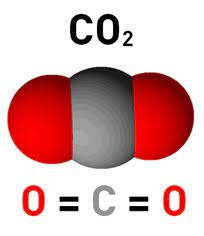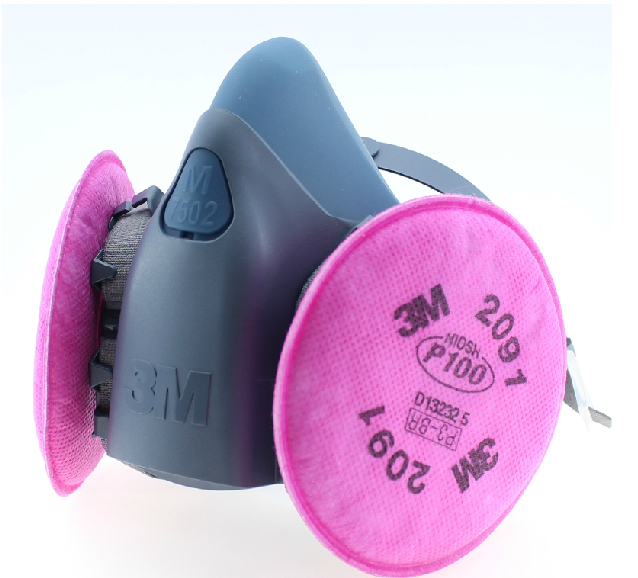THIS SECTION BEING REVISED (NOV 2021)
ICNIRP Safety Guidelines for EMF Radiation Exposure (60 Hz AC Electric & Magnetic Fields)
International Commission on Non-Ionizing Radiation Protection (ICNIRP) is an organization of 15,000 scientists from 40 nations who specialize in radiation protection.
Source: ICNIRP, 1998.
The commission’s recommended level in 2003 is far lower, at 100 microTeslas. (1000 mG = 1 Gauss) but a recent ICNIRP document I have come across from 2010 now shows a suggested limit of 0.83 mG for 50/60 Hz AC fields.
Exposure (60 Hz AC)
Electric field Occupational 8.3 kV/m General Public 4.2 kV/m
Magnetic field Occupational 4.2 G (4,200 mG) General Public 0.833 G (833 mG)
ACGIH Occupational Threshold Limit Values for 60-Hz EMF
American Conference of Governmental Industrial Hygienists (ACGIH) is a professional organization that facilitates the exchange of technical information about worker health protection. It is not a government regulatory agency.
Electric field
Magnetic field
Occupational exposure should not exceed for longer than 2 hours
Exposure limit for workers as suggested by the ACGIH
Prudence dictates the use of protective
clothing above
Exposure Limit for workers as suggested by the IRPA/INIRC
German Limit
Exposure of workers with cardiac
pacemakers should not exceed
Montana has adopted this exposure limit
Recommended 1996 as maximum for “workers” and their working environments by the NCRP, but not yet official.
Influences Melatonin synthesis**
Already viewed as “critical” by many scientists
Aaronia “E2” recommendation
Recommended 1996 as maximum for “private individuals” by the NCRP, but not yet official
Aaronia “E1” recommendation
25 kV/m
20 kV/m
15 kV/m
10 kV/m
5 kV/m
1 kV/m
100 V/m
10 V/m
1 V/m
10 G (10,000 mG)
–
1 G (1,000 mG)
10 mG
1.0 mG
0.1 mG
American Conference of Governmental Industrial Hygienists (ACGIH) is a professional organization that facilitates the exchange of technical information about worker health protection. It is not a government regulatory agency.
Source: ACGIH, 2001.
Electric Field Levels & Safety
Under the midspan of a 230 kV and 500 kV transmission line, the electric field strength is 2 kV/m and 7 kV/m, respectively, three feet above the ground; more than enough to illuminate a hand-held fluorescent tube. Up to 10 kV/m
ICNIRP exposure guidelines 5 kV/m Public Exposure 10 kV/m Occupational Exposure Limit
State Transmission Line Standards and Guidelines
Electric Field
Magnetic Field
State
On R.O.W.*
Edge R.O.W.
On R.O.W.
Edge R.O.W.
Florida
8 kV/m a
10 kV/m b
2 kV/m
–
150 mG a (max. load)
200 mG b (max. load)
250 mG c (max. load)
Minnesota
8 kV/m
–
–
–
Montana
7 kV/m
1 kV/m e
–
–
New Jersey
–
3 kV/m
–
–
New York
11.8 kV/m
11.0 kV/m f
7.0 kV/m d
1.6 kV/m
–
200 mG (max. load)
Oregon
9 kV/m
–
–
–
*R.O.W. = right-of-way (or in the Florida standard, certain additional areas adjoining the right-of-way).
kV/m = kilovolt per meter. One kilovolt = 1,000 volts.
a For lines of 69-230 kV.
b For 500 kV lines.
c For 500 kV lines on certain existing R.O.W.
d Maximum for highway crossings.
e May be waived by the landowner.
f Maximum for private road crossings.
As an interesting note, sharks can detect fields down to 1 microvolt/meter^2
END SECTION FOR REVISION


